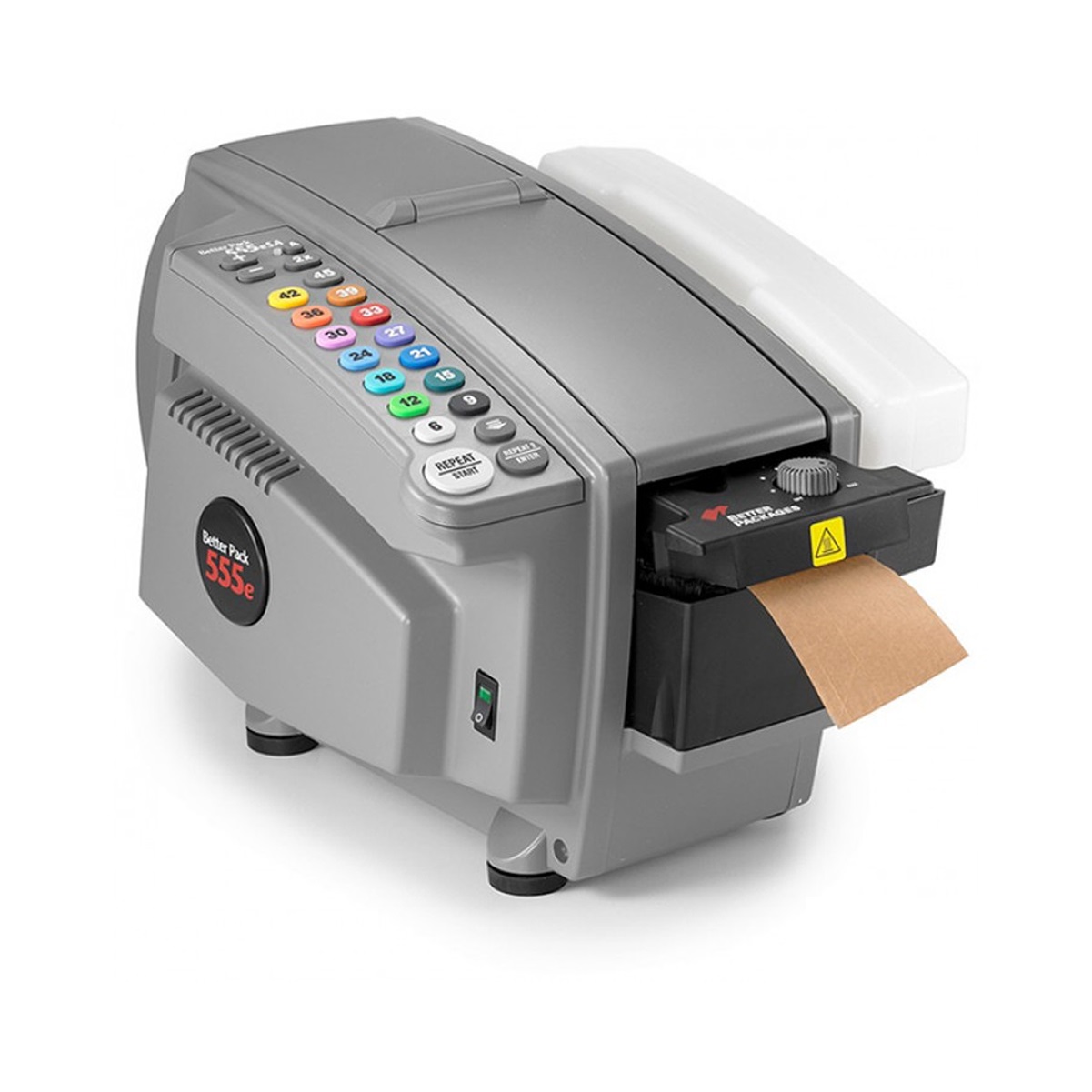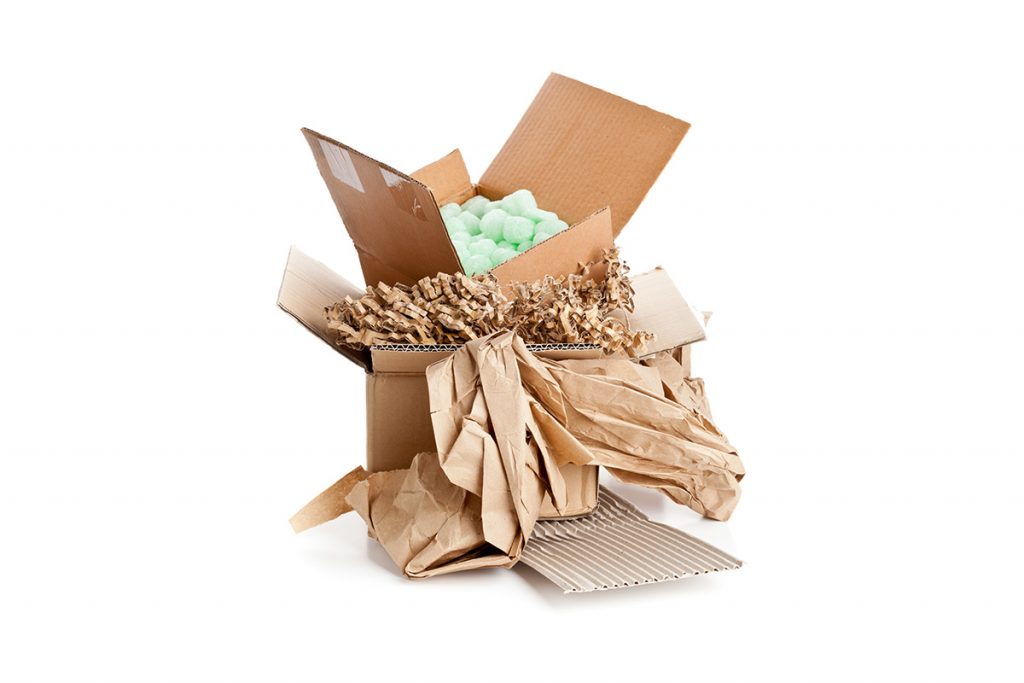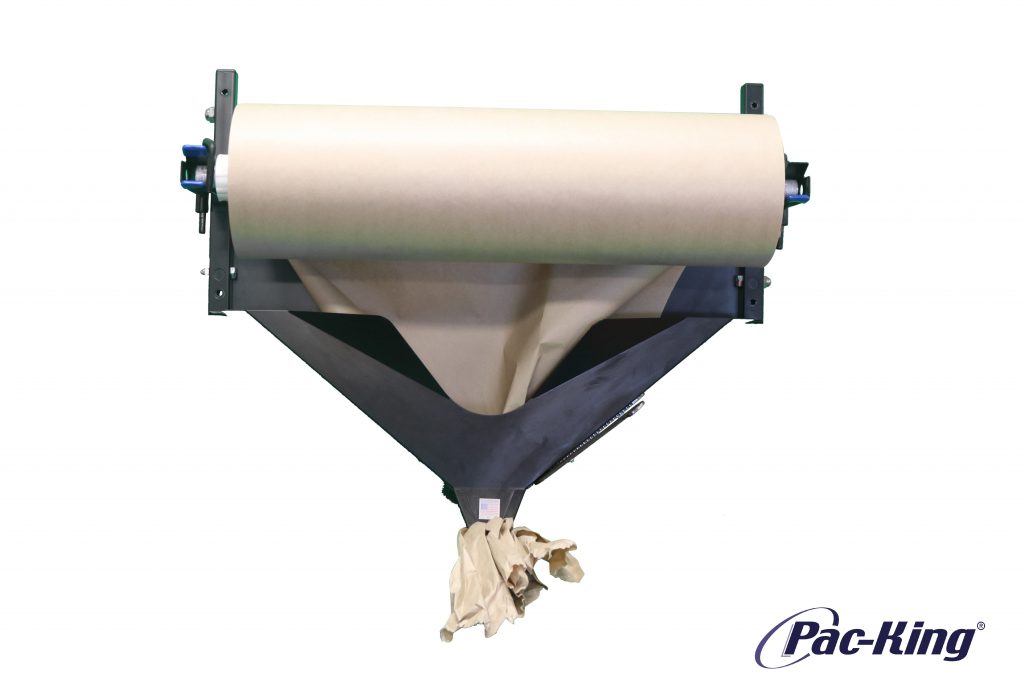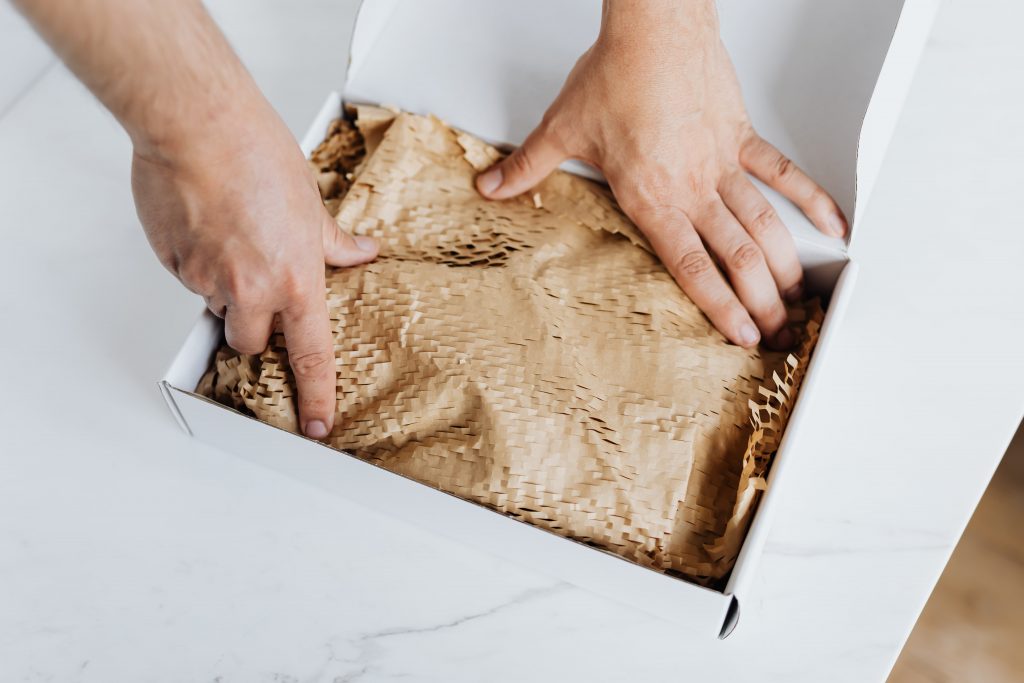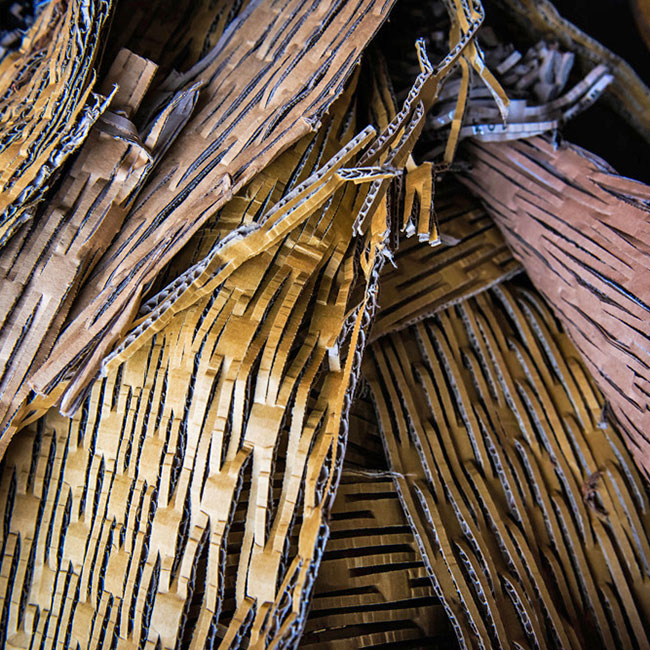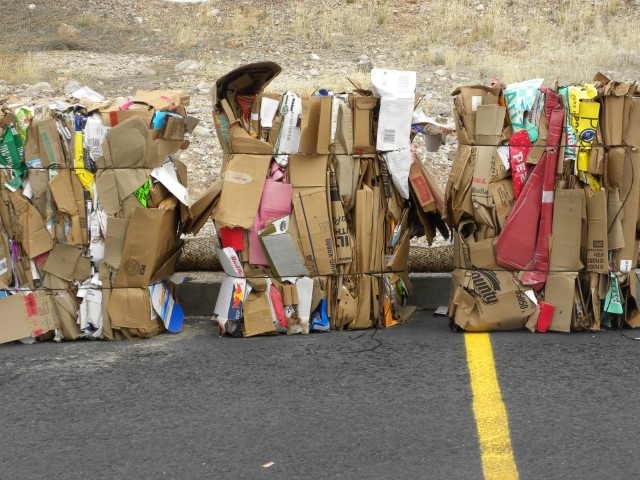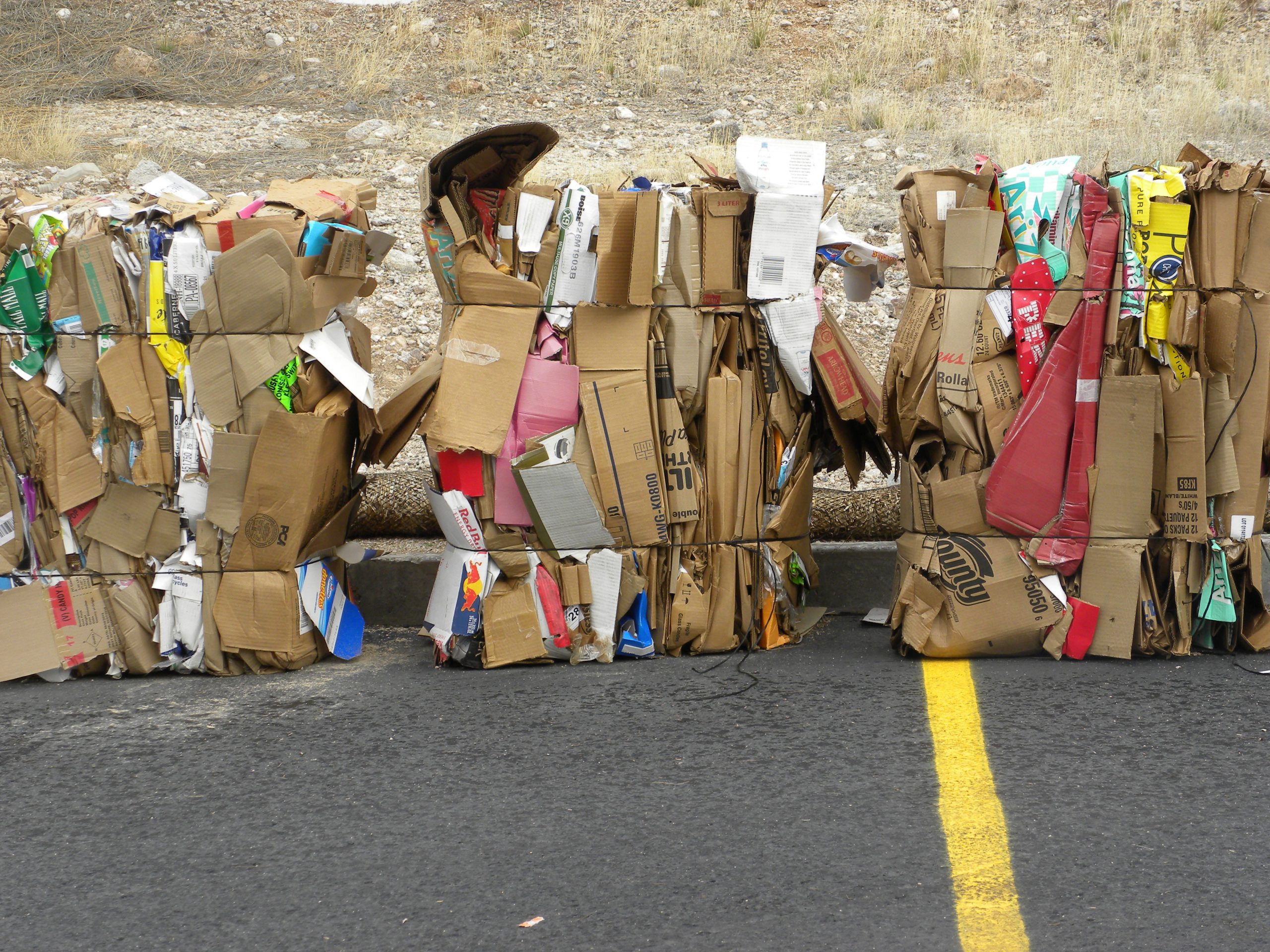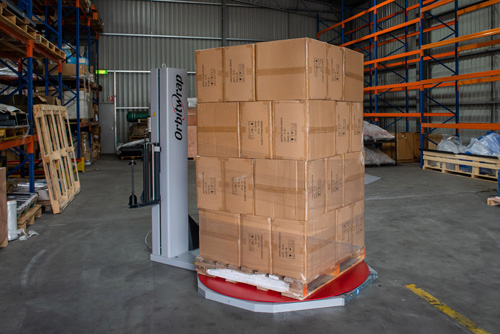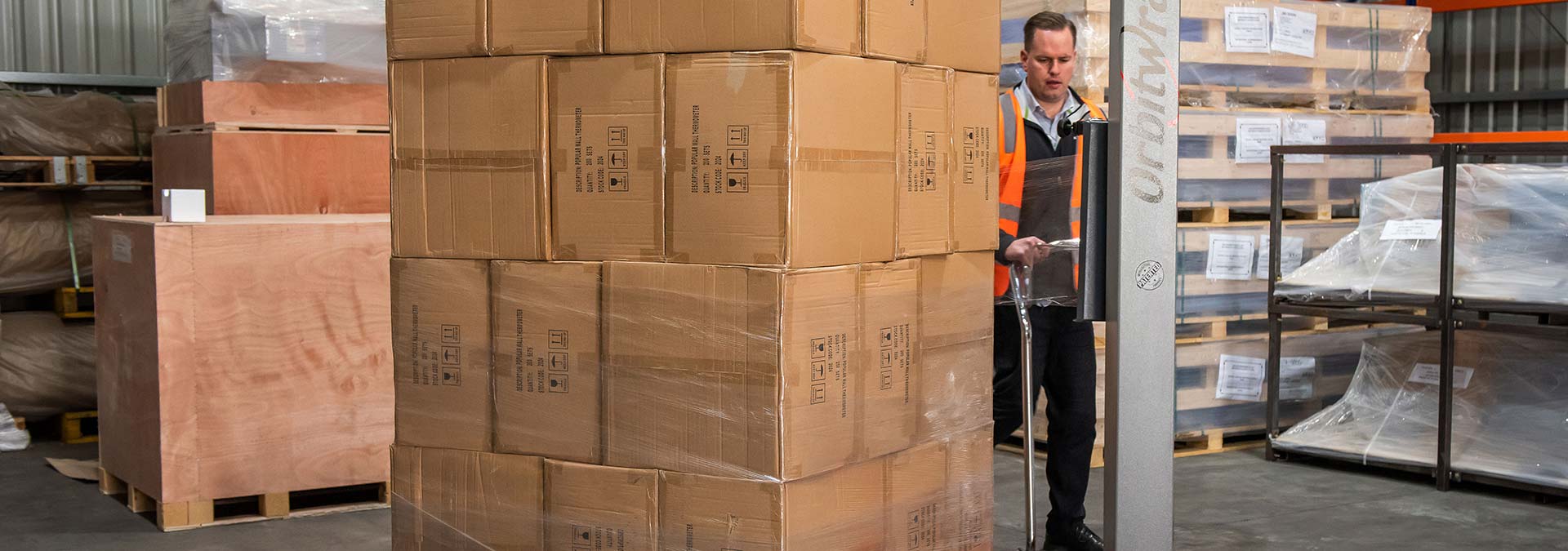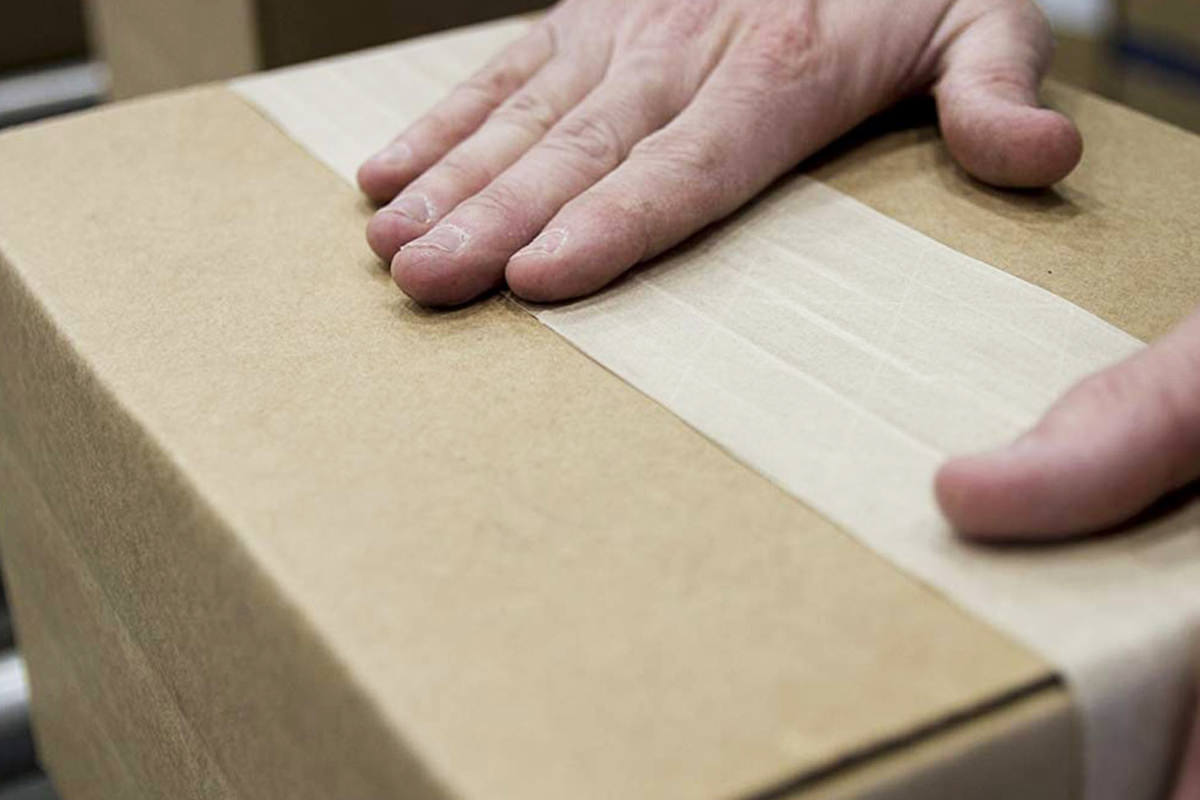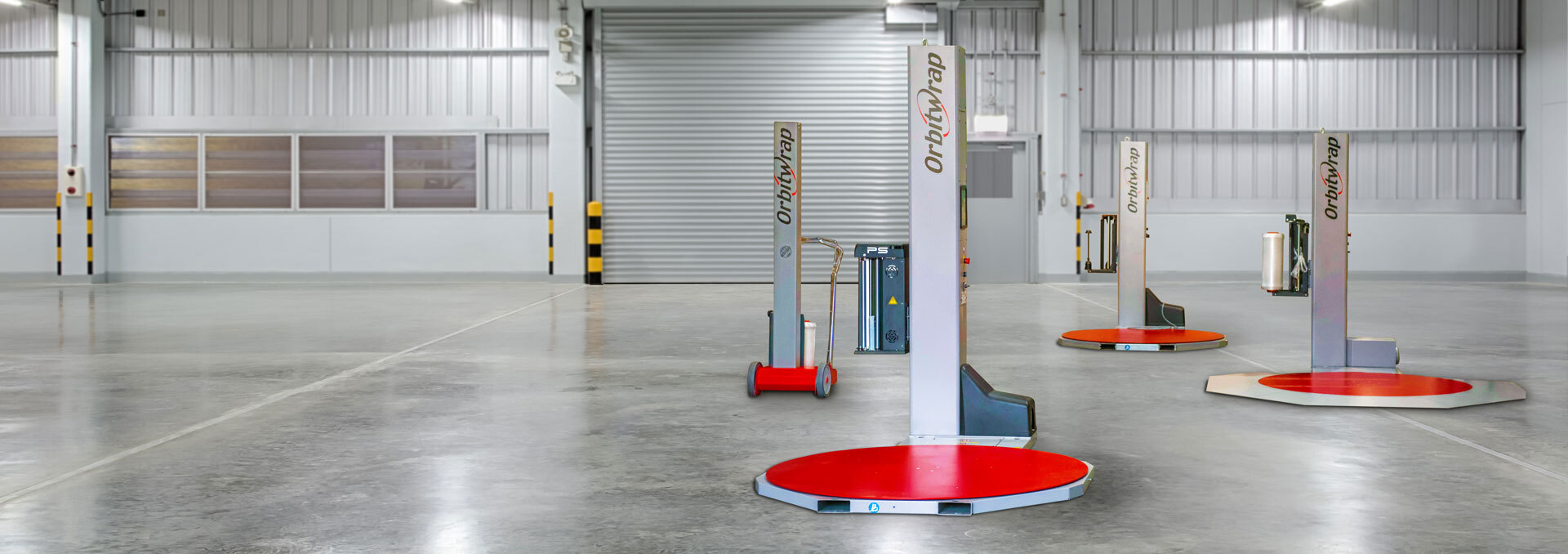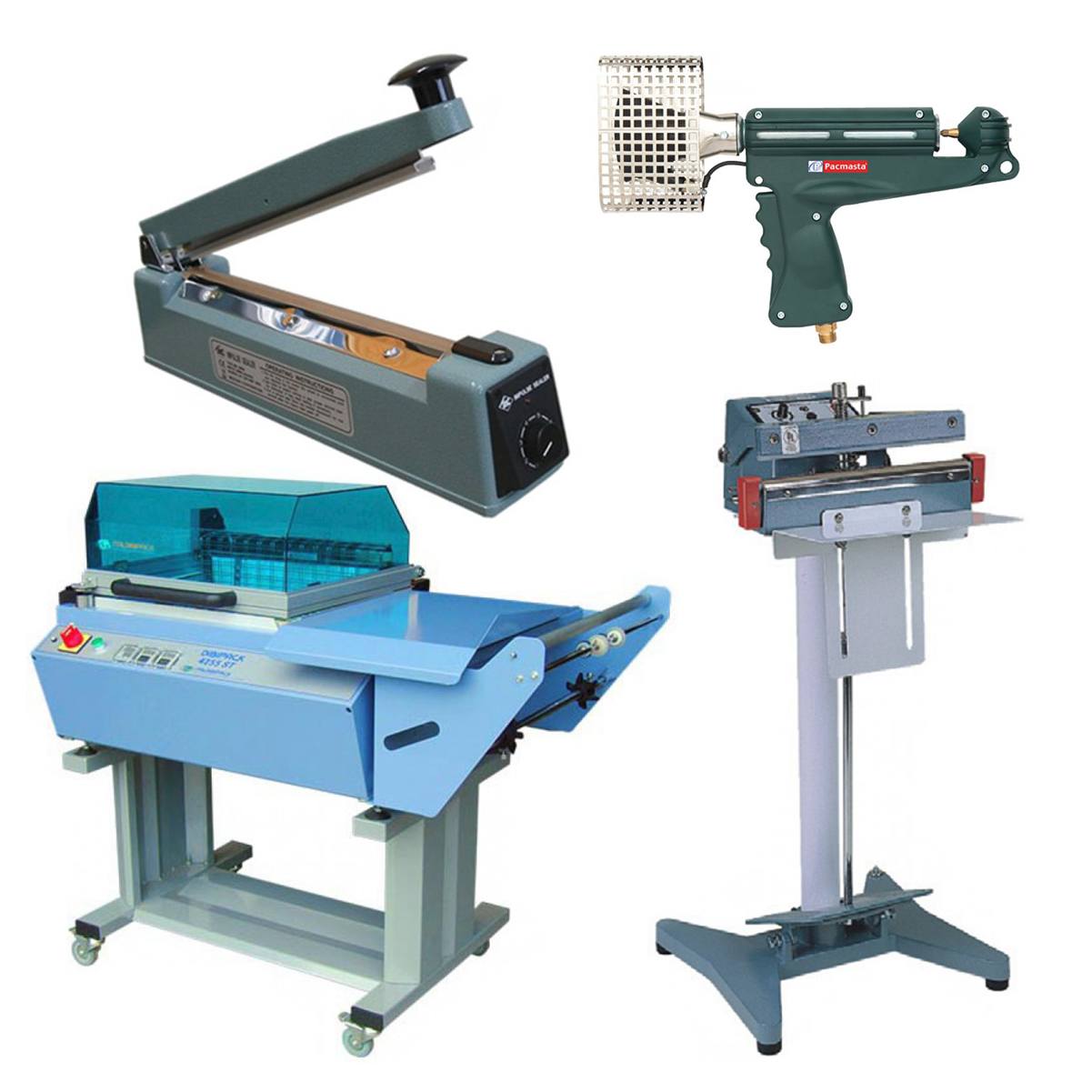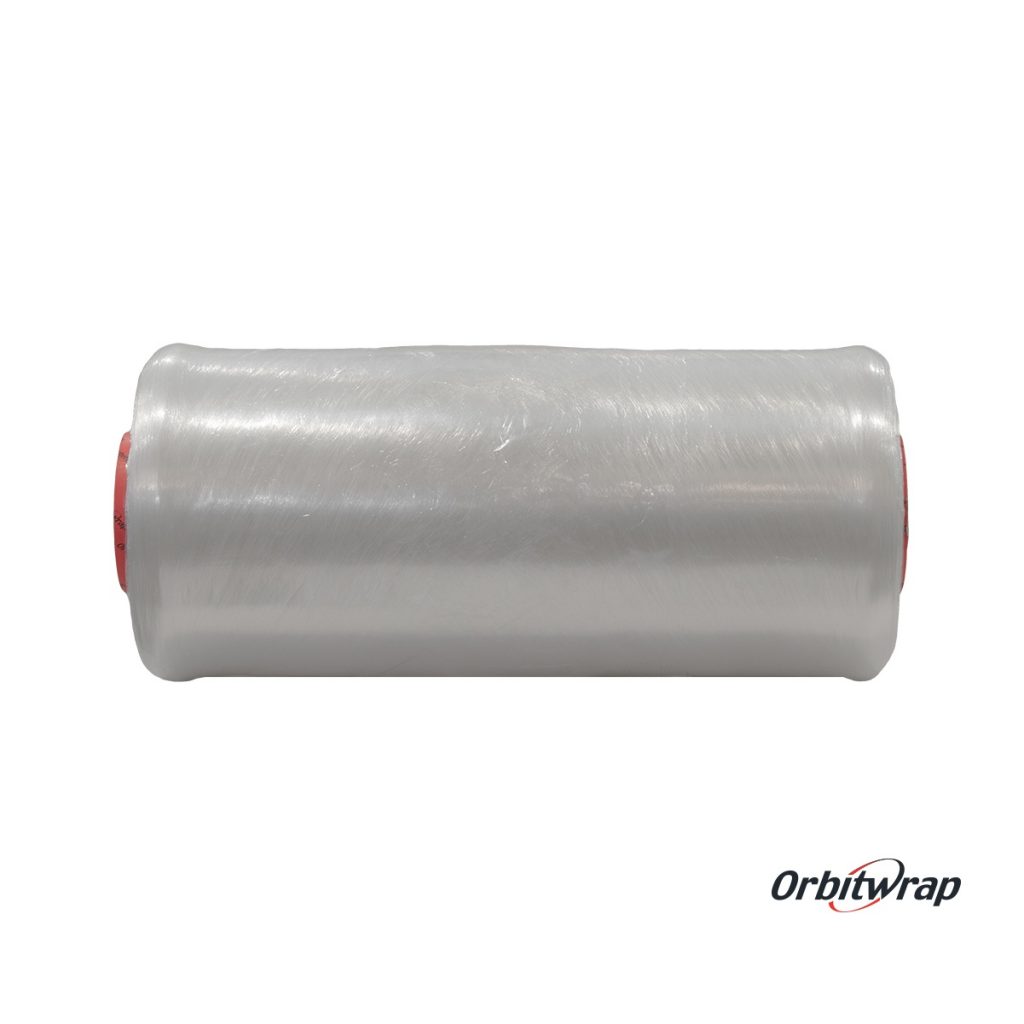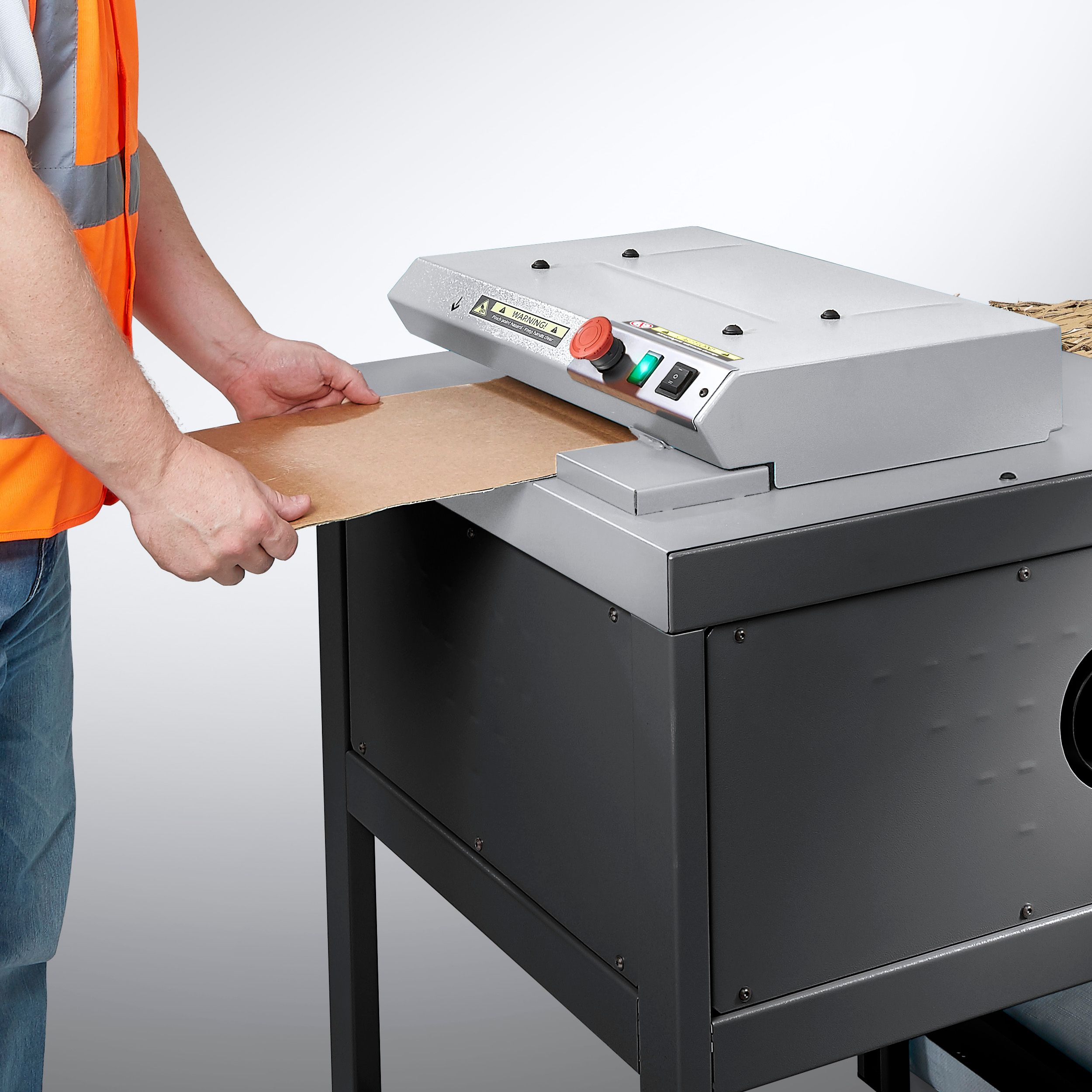
Why Should A Company Invest In A Cardboard Shredder
Investing in a cardboard shredding machine for your company has several important benefits:
1. Cost-effective waste management: Companies that generate a lot of cardboard waste can save money by shredding it themselves instead of paying for outside recycling services.
2. Environmental sustainability: Shredded cardboard can be recycled more easily than whole boxes, reducing the amount of waste that ends up in landfills. This can help your company reduce its environmental footprint.
3. Improved security: A cardboard shredding machine can help you securely dispose of sensitive documents or packaging materials that contain confidential information. This can help protect your company from data breaches or other security risks.
4. Space-saving: Shredded cardboard takes up less space than whole boxes, which can help you free up storage space in your facility.
5. Increased efficiency: A cardboard shredding machine can help you shred materials more quickly and efficiently than doing it by hand. This can help you save time and increase productivity.
Overall, investing in a cardboard shredding machine can have significant benefits for your company, including cost savings, environmental sustainability, improved security, space-saving, and increased efficiency.

